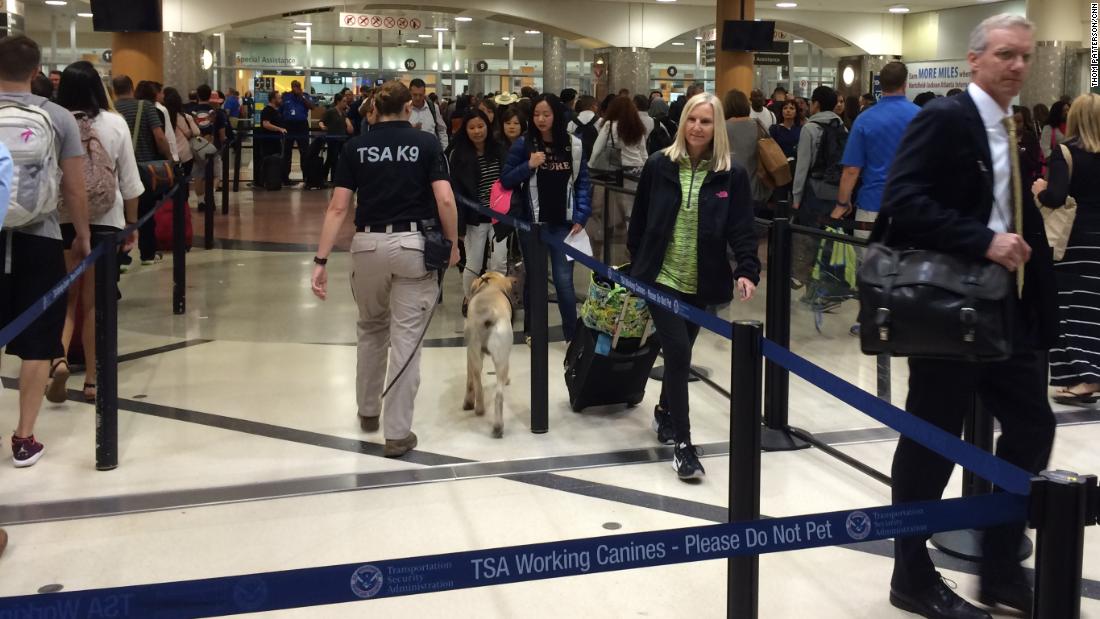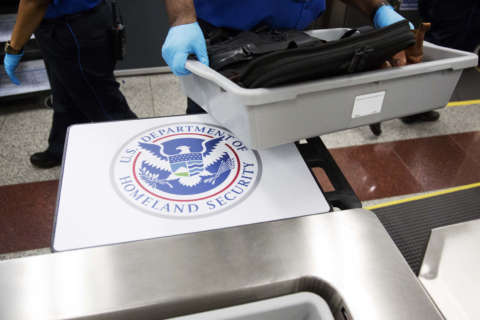
The competition between the two airports would later contribute to the formation of the MAC. Holman Field, across the Mississippi River from downtown, would become a major draw for airmail and airline service. It was thought having its own airport near the city center would give St. Paul pulled out of its participation at Wold-Chamberlain and worked to develop an airfield closer to its core downtown area. Paul had a hand in the operation of Wold-Chamberlain in the early years. Lewis Brittin, Northwest’s founder, based the company at Wold-Chamberlain and won the contract for airmail service to Chicago with support from Henry Ford, the automotive industry pioneer.īoth Minneapolis and St. Wold-Chamberlain Field over the next decade developed on that 160-acre parcel and grew along with an airmail route to Chicago.ĭuring the prosperity of the 1920s, airfield use continued to grow, and Northwest Airlines - whose acquirer Delta Air Lines still is the largest air carrier at MSP - formed in 1926 as Northwest Airways.Ĭol. Speedway Field later was renamed Wold-Chamberlain Field to honor two Minneapolis-born aviators killed in World War 1. The Speedway went bankrupt in 1917 after a brief two-year run, and civic leaders saw an opportunity for a new landing strip to attract more airmail service. MSP traces its roots to the demise of the Twin Cities Motor Speedway ( pictured above), which operated on the airport site starting in 1915. But getting there was more a process than a straight path.

Out of those years emerged the need to develop one primary airport for the metropolitan area and to create a governing board to promote the growth of aviation in the Twin Cities. The Roaring 20s, the Great Depression and the build-up to World War II all influenced the growth of what is now Minneapolis-St. Long before the MAC became the airport’s owner and operator, air travel in the Twin Cities went through a series of boom-and-partial-bust periods.

The Metropolitan Airports Commission (MAC) marks its 75th anniversary this year (2018), but the idea of creating a single government entity to own and operate Twin Cities’ airports only came about with some diplomacy following years of spirited competition.


 0 kommentar(er)
0 kommentar(er)
